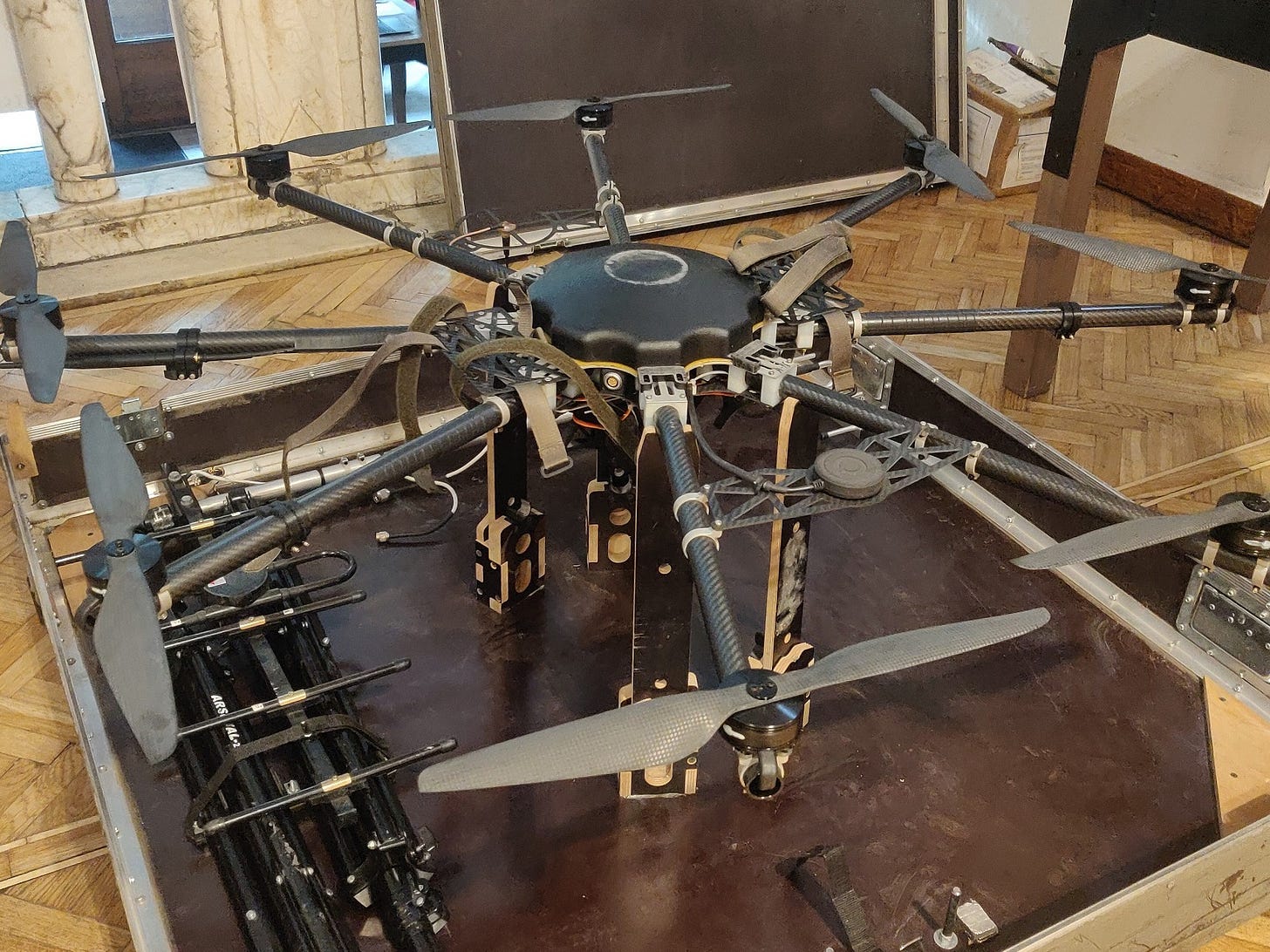Drone warfare in Ukraine: development of small cruise missiles, Furiya reconnaissance UAVs, and Ukraine's naval drones
Three key stories of the week: Jan. 29 - Feb. 4, 2025

This week, we are discussing several types of drones, including naval and ground vehicles. Reports indicate that Russia has found ways to counter Ukraine’s highly successful and renowned naval drones, which inflicted serious damage on the Russian navy in the Black Sea and helped secure the safe passage of Ukraine’s agricultural exports.
Meanwhile, Ukraine has been actively developing long-range drones, which can also be described as small cruise missiles, and I’ve selected a special story on one of these innovations. While competition in the field of fiber-optic drones is growing, an effective defense against them has yet to be found, though efforts in this direction are ongoing.
For my subscribers in the defense industry, I highly recommend not missing the upcoming Defense Tech Innovations Forum 2025 in Kyiv, Ukraine, from February 17 to February 19, 2025. This forum will bring together Ukrainian and international manufacturers, investors, representatives of innovative defense agencies from partner countries, and defense technology experts.
"Hell" for Russians: How Ukraine Was Making a Super Drone but Ended Up with a Cruise Missile (Bohdan Miroshnychenko for Ekonomichna Pravda. Available in Ukrainian).
President Zelenskyy tasked local manufacturers with producing 3,000 cruise missiles in 2025. According to experts, manufacturing 3,000 missiles in a year is possible, but there will be just one issue: they will be small.
While working on improving kamikaze drones, Ukrainian engineers created something between drones and missiles. This new weapon will fill the niche of long-range drones, but its jet engine and advanced guidance system justify calling it a missile.
In Ukraine, such weapons have come to be known as "drone-missiles," a term popularized by the president when he introduced the Palianytsia missile on Independence Day in 2024. Open sources indicate that Palyanytsia has a warhead weighing around 100 kg—four times less than Russia’s Kalibr missiles. At the same time, this is 2–4 times more than what Ukrainian long-range drones typically carry.
In early December, another missile called "Peklo" (Ukr. - Hell) was unveiled. It has a significantly smaller warhead than Palianytsia, making it very similar to a kamikaze drone. However, it can reach a speed of up to 700 km/h, whereas conventional drones typically fly at 150–200 km/h.
According to one of the developers of Peklo, from a purely technical standpoint, a drone becomes a cruise missile due to the presence of a jet engine.
Small cruise missiles are a new chapter in the drone warfare era.
The idea to develop such a missile emerged after consultations with the military. UAV operators requested a relatively inexpensive weapon with a small warhead and the ability to strike several hundred kilometers behind enemy lines.
The development program lasted one year, was entirely self-funded by the manufacturer, and cost several million dollars.
The launch method of the Peklo missile remains undisclosed for security reasons. However, the company plans to enable launch capability from various platforms in future developments.
Peklo features at least two guidance systems: inertial navigation system (INS), and GPS guidance.
Since its development began, Peklo has been used in combat at least five times, with one strike reportedly hitting a high-value Russian military target.
In just three months, the developer has produced around 100 missiles and is now expanding production capabilities. According to the manufacturer, 70% of the missile's components are Ukrainian-made, sourced from both state-owned and private companies.
In 2024, Ukraine introduced three cruise missiles: Palianytsia, Peklo, and Ruta. The first two are already in serial production, while the third is still being tested.
Lithuania decided to allocate €10 million to the production of "Palianytsia" missiles for Ukraine's Defense Forces. This could signal to other countries that they should follow suit.
Ukraine’s missile program remains one of the most classified sectors of its defense industry, meaning that many projects are not publicly disclosed.
What is the undeniable advantage of Ukrainian reconnaissance UAVs Furiya? Interview with the developer (New Voice. Available in Ukrainian).
Furiya drone is the most well-known domestic unmanned aerial system for reconnaissance and artillery fire correction.



